Red Borneo Kratom is a unique strain of the Mitragyna speciosa tree, native to the island of Borneo. This tropical...
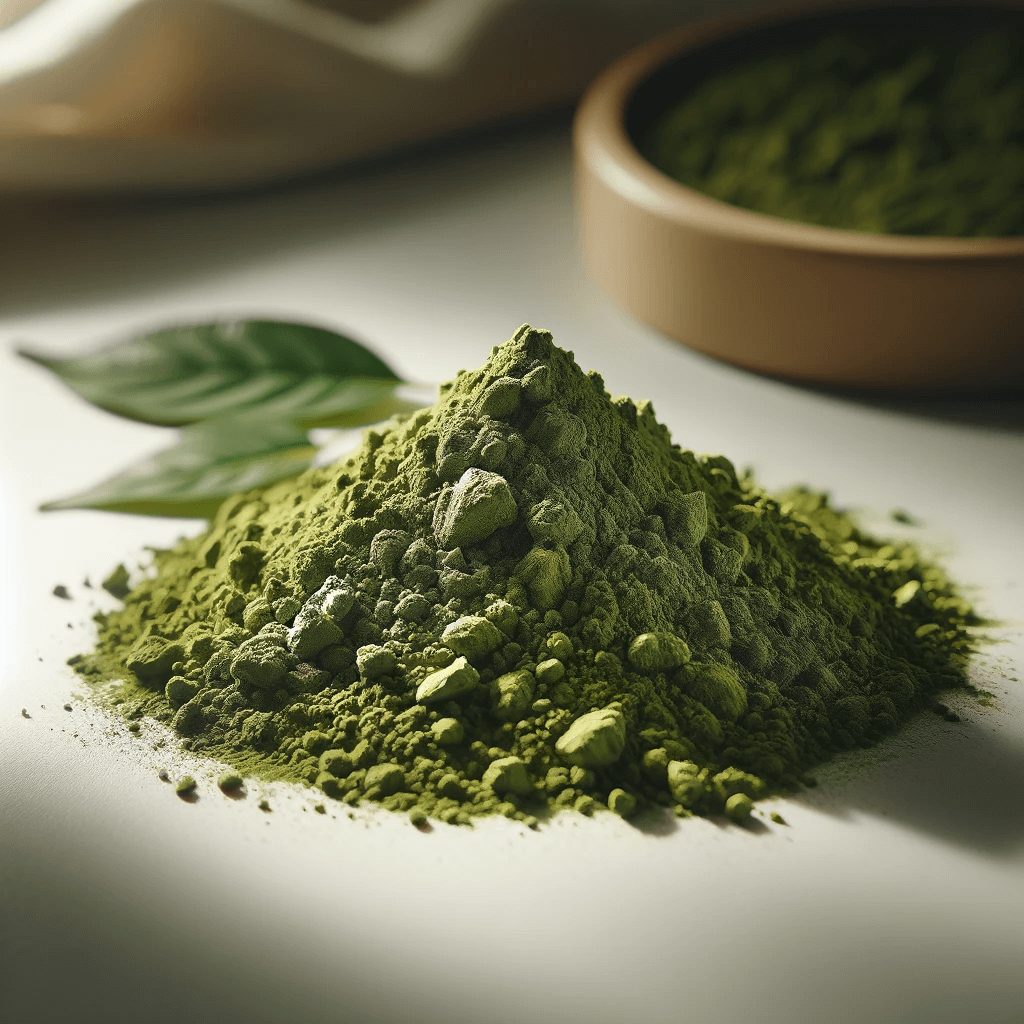
Historical Use of Kratom: An In-Depth Exploration
Introduction
Kratom, scientifically known as Mitragyna speciosa, is a tropical tree in the coffee family native to Southeast Asia. The leaves of the indigenous Kratom tree contain unique alkaloids that have been valued for centuries for both stimulating and pain-relieving properties when ingested orally. The leaves of the Kratom tree have been used for centuries by indigenous cultures for their stimulant properties and analgesic effects. Indigenous peoples, laborers, and medical practitioners have long prized Kratom for its capacity to increase endurance, relieve aches and pains, and provide mild euphoria. This article tackles deeply into the historical, cultural, and medicinal usage of Kratom, exploring its botanical origins as a tropical plant, traditional applications by Southeast Asian civilizations to treat common ailments, the spread and evolution of Kratom use over time as globalization connected disparate regions, and current debates around Kratom's standing in the modern legal and medical landscape.
Origins of Kratom
Geographic Beginnings
Kratom is indigenous to the lush, humid rainforests of Southeast Asian countries including Thailand, Malaysia, Indonesia, Myanmar, and Papua New Guinea. The evergreen tree can grow over 50 feet tall in the wild, with dark glossy leaves containing the distinctive mitragynine alkaloids that give Kratom its sought-after effects. Local cultures have been using Kratom leaves as a traditional treatment for hundreds of years due to the plant's pain-relieving, energizing, and calming properties.
Composition and Effects
The main active compounds found in Kratom leaves are mitragynine and 7-hydroxymitragynine, alkaloids that interact with opioid receptors in the brain. This gives Kratom both stimulant qualities in lower doses and sedative effects at higher doses. The leaves also contain over 40 additional bioactive compounds as well as flavonoids and other plant nutrients. The balance and concentration of Kratom's natural alkaloids vary between different strains and plant chemotypes.
Discovery and Early Use
Indigenous peoples likely began experimenting with Kratom leaves over 1,000 years ago after noticing effects from eating the leaf matter. The practice of chewing on fresh or dried Kratom leaves was initially a local folk treatment, providing relief from aches, pains, and fatigue as well as a mood boost. Native cultures incorporated the Kratom plant into spiritual rituals and social gatherings, using the leaves to increase endurance during long days of physical labor.
Traditional Applications
Treatment Uses
In traditional treatment systems of Southeast Asia, Kratom served as a ubiquitous remedy for common ailments. Its analgesic properties made it a desirable alternative to opium, allowing those with pain relief from injuries, illnesses, or the hard manual labor common in rural lifeways at the time. By chewing the leaves or drinking Kratom tea, indigenous peasants, laborers, and warriors managed pain and injuries without access to advanced medicine. Kratom's activation of the sympathetic nervous system also increases energy and alertness, helping users overcome fatigue.
Preparation Methods
Traditionally, fresh Kratom leaves were picked and chewed directly for their effects to set in quickly. Dried leaves were made into powders or brewed into medicinal teas by indigenous cultures as well. Typical medicinal preparations involved crushing Kratom leaves into a powder which users would mix with locally available herbs and then ingest orally. The stimulant qualities emerge at approximately 2-4 grams of raw Kratom leaves, while high doses of 10 grams were used to induce opioid-like analgesia.
Overcoming Fatigue
Farmers, construction workers, sailors, and other manual laborers in Old World Southeast Asian civilizations relied heavily on Kratom's energizing properties to overcome fatigue and exhaustion when working long hours under the hot tropical sun. The practice of chewing Kratom leaves for a stimulant effect can be traced back hundreds of years as a natural alternative to enduring backbreaking physical endeavors in agricultural and shipping industries across Malaysia, Myanmar, and Thailand.
Social and Religious Practices
In addition to therapeutic and labor-enhancing uses, Kratom consumption was integrated into social gatherings and religious rituals practiced by early Southeast Asian societies. Tribal dances, village ceremonies, and spiritual events often revolved around consuming Kratom tea to evoke a communal trance-like state. Monks and others faced with long hours of meditation or solitude reportedly used Kratom to enter deeper contemplative states, detach from physical suffering, and feel more connected to the divine. The herb's ability to increase feelings of empathy and bonding likely contributed to its involvement in marriage ceremonies, peace treaties, and tribal meetings as well.
Cultural Significance
Symbolism and Traditions
In many regional cultures of Southeast Asia, offering Kratom to guests and visitors was customary as a symbolic gesture of hospitality, respect, and welcome. Close associations between Kratom use and positive social traits like strength, stamina, cooperation, and family reinforce why the indigenous tree held special symbolic significance for groups like the Hmong, Kachin, and Malay. For these peoples, the Kratom tree embodied communal values and the power of nature to provide remedies for human struggles.
Integration into Daily Life
Besides therapeutic applications, Kratom consumption was integrated into mundane aspects of daily life for Southeast Asian civilizations. Chewing Kratom leaves or drinking medicinal tea made from them was as commonplace as morning coffee is today across various locales in the region. Kratom's energizing yet relaxing properties allowed users to start their day feeling more vigorous, enthusiastic, and mentally dialed in. The herb's accessibility and prevalence in its native habitat contributed to reliance on Kratom as an everyday aid.
Evolution and Spread
Colonial Era Trade
Through colonization and the spice trade beginning in the 16th century, word of an energizing leaf called Kratom began circulating beyond its native jungles. Dutch botanists wrote some early notes on Kratom and its use by native cultures. But Thai officials first formally documented Kratom in 1836, although precise records of Kratom's spread during the colonial era are sparse. We do know that 19th-century Malay users chewed Kratom leaves or smoked them with tobacco to alleviate withdrawal as opium bans took effect.
Regulation and Restriction
As Kratom's popularity rose in the early 20th century, the Thai government began imposing restrictions due to safety concerns related to abusive consumption. Kratom was classified as a narcotic in 1979, over-picking threatened native forests, and opium users adopted Kratom as an affordable substitute. Kratom was banned in Thailand in 1943 before prohibition was lifted in 2018 allowing regulated cultivation and use. Other Southeast Asian countries also introduced limitations, regulations, or outright Kratom bans sporadically from the 1930s onward. Meanwhile, international awareness increased.
Global Spread
Global connectivity in the internet age has recently catapulted Kratom's popularity across the world beyond Asian borders. International advocacy groups now work to keep Kratom legal in many countries due to claims of health benefits. With advancing scientific analysis methods in the 21st century, researchers have gained a deeper understanding of Kratom's key compounds, mechanisms of action, and potential as an alternative medicine. This has further bolstered global interest. Kratom is currently legal in most U.S. states although the FDA has raised concerns over dangerous side effects and adulteration risks with unregulated products.
Modern Applications and Knowledge
Potential Benefits
Today, proponents tout Kratom's attributes as a possible safer substitute for opioids in pain relief, carrying less risk of respiratory distress and overdose. Extracts of key Kratom alkaloids could emerge as new analgesic pharmaceuticals as well. Enhanced energy, focus, calmness, and mental acuity remain desirable effects among workaholic Western cultures. Anti-anxiety applications also show promise. However, more rigorous scientific evidence is still needed to evaluate efficacy and safety compared to risks.
Medical Debate and Controversy
Despite purported benefits, Kratom's acceptance into the mainstream remedy faces challenges. Skeptics argue there's insufficient clinical evidence confirming therapeutic advantages that unequivocally outweigh side effects, especially with long-term ingestion. The lack of regulations around Kratom supplements also means batch-to-batch inconsistencies and contamination dangers pose serious concerns. Politics, money, advocacy groups, and competing agendas further complicate the debates. Until the regulatory framework catches up, however, buyers must beware of getting what they pay for from Kratom vendors.
Risks and Warnings
While over 5000 years of indigenous use suggests a low risk of life-threatening effects or injury, Kratom does carry side effects similar to other opioid-type substances. These include nausea, constipation, lightheadedness, sedation, itching, sweating, and loss of appetite. More concerning rare effects involve psychotic symptoms, liver toxicity, seizure, coma, and problems with circulation or respiration – although often appearing alongside pre-existing conditions, genetic predispositions, medication interactions, or seriously excessive doses.
Strains and Compounds
Color Variants
There exist four predominant varieties of prepared, dried Kratom leaves sold commercially today differentiated by vein and stem color – red-veined, white-veined, green-veined, and yellow-veined. Each color denotes relative concentrations of key alkaloid makeup. Red strains have the highest mitragynine content making them most euphoric and pain relieving, while white Kratom tends to contain the most energetic, focus-enhancing 7-hydroxymitragynine at low doses due to higher oxidation.
Regional Origins
In addition to color types, commercial Kratom products are commonly labeled based on regional appellations denoting distinctive effects correlated to where they were grown. Popular strains like Borneo, Bali, and Malay in Indonesia or Thai and Maeng Da from Thailand attempt to capture alkaloid nuances stemming from genetic, climactic, and cultivation differences. However, few firm regulations confirm legitimate origins thus regional names remain subjective.
Legal Status and Advocacy
Controlled Substance Controversy
Despite historic cultural uses of dried Kratom leaves indicating relative safety, there remains debate around legal classification given naturally occurring opiate-like compounds. Some governing agencies including the U.S. FDA push for strictly scheduled controlled substance status citing the dangers of abuse and dependence. Meanwhile, advocacy groups lobby to keep it legal and unrestricted arguing regulation threatens access for medical use while insufficiently proving serious risks. The controversy continues as a tug-of-war between these competing regulatory perspectives.
Need for Quality Control
Advocates opposing prohibition assert that better manufacturing oversight rather than blanket Kratom bans will help ensure public safety. Contaminant screening combined with more transparent awareness around optimal dosing guidelines and side effect profiles would help consumers use Kratom more responsibly. Ethical Kratom farmers could also be barred from adding synthetic compounds to artificially enhance potency in problematically unregulated environments. These measures could preserve access while giving regulatory bodies increased control over manufacturing consistency.
The rich history of Kratom demonstrates a long cultural legacy interwoven with medicinal applications as a therapeutic aid accessible from nature. But recent problems involving dangerous supplements also betray why more work remains toward ensuring safe, standardized preparations true to pure, unadulterated traditional forms. With clever regulatory insights and responsible practices, however, this age-old Southeast Asian remedy could retain its lawful status as a uniquely beneficial healing plant.
Disclaimer: The information in this article is provided for educational and informational purposes only. It is not medical advice nor a promotion encouraging Kratom use. Kratom contains substances that may pose health risks and exhibit addiction potential. Legal status and safety cautions vary globally. We make no representations or warranties regarding any benefits of Kratom, which has not been FDA-approved to diagnose, treat, cure, or prevent any disease or condition. You must do your research and consult a medical professional before using Kratom products. We bear no responsibility for reliance on any Kratom information provided herein.
To explore Kratom safely while supporting the fair trade of indigenous plants through verified quality vendors, visit SpeakEasyKratom.com Their Green Malaysian Kratom Powder embodies an authentic strain ethically sourced from mature regional trees in Indonesia. Check out Speakeasy Kratom today!
Frequently Asked Questions
-
What are the active compounds in Kratom?
The main bioactive compounds found in Kratom are mitragynine and 7-hydroxymitragynine. These plant alkaloids interact with opioid receptors in the brain, giving Kratom both stimulant and sedative qualities.
-
What traditional uses does Kratom have?
Indigenous cultures in Southeast Asia traditionally used Kratom leaves as a folk treatment for relieving pain, and fatigue, and improving work productivity. Kratom was also used during social and religious gatherings.
-
How was Kratom prepared traditionally?
Local peoples in Southeast Asian rainforests often chewed fresh Kratom leaves or crushed dried leaves into powders to mix with foods or drinks for ingestion. They also brewed the dried leaves into medicinal teas.
-
When did Kratom spread globally?
Dutch botanists wrote early notes about Kratom in the 19th century. But Kratom didn't gain substantial global popularity until the internet age when international advocacy and research catalyzed interest across the world.
-
What are the perceived health benefits of Kratom?
Advocates today claim Kratom can relieve pain safely, treat opioid addiction, elevate energy levels, increase focus and concentration, foster calmness, and other psychotropic benefits — although more research is still needed.
-
What risks are associated with Kratom use?
While serious effects appear rare, potential side effects of high doses can include nausea, constipation, sweating, appetite loss, dizziness, lightheadedness, and in unusual cases of abuse lasting psychosis, liver damage, seizure, and respiratory depression.
-
What are the different commercial strains?
Popular commercial Kratom products are categorized by color such as red, white, or green veined leaves denoting relative concentrations of main alkaloids. Products are also labeled by Southeast Asian regional appellations like Thai or Malay meant to capture distinctive alkaloid properties.
-
What is Kratom's current legal status?
Kratom is legal in most U.S. states although regulatory debates continue due to safety concerns. Advocates oppose placing Kratom's main compounds into the most restricted controlled substance categories, arguing better manufacturing oversight would enable safer public use.

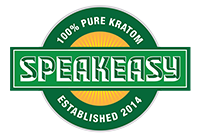
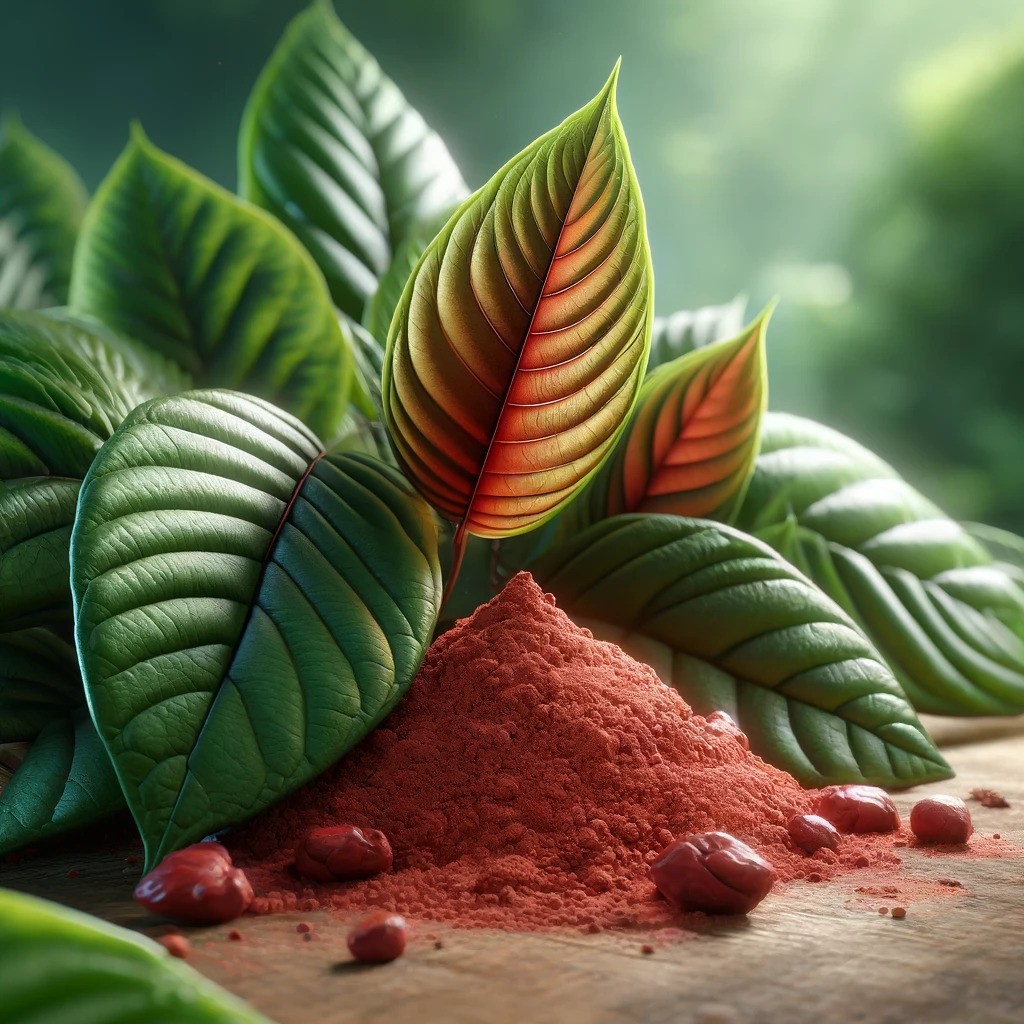
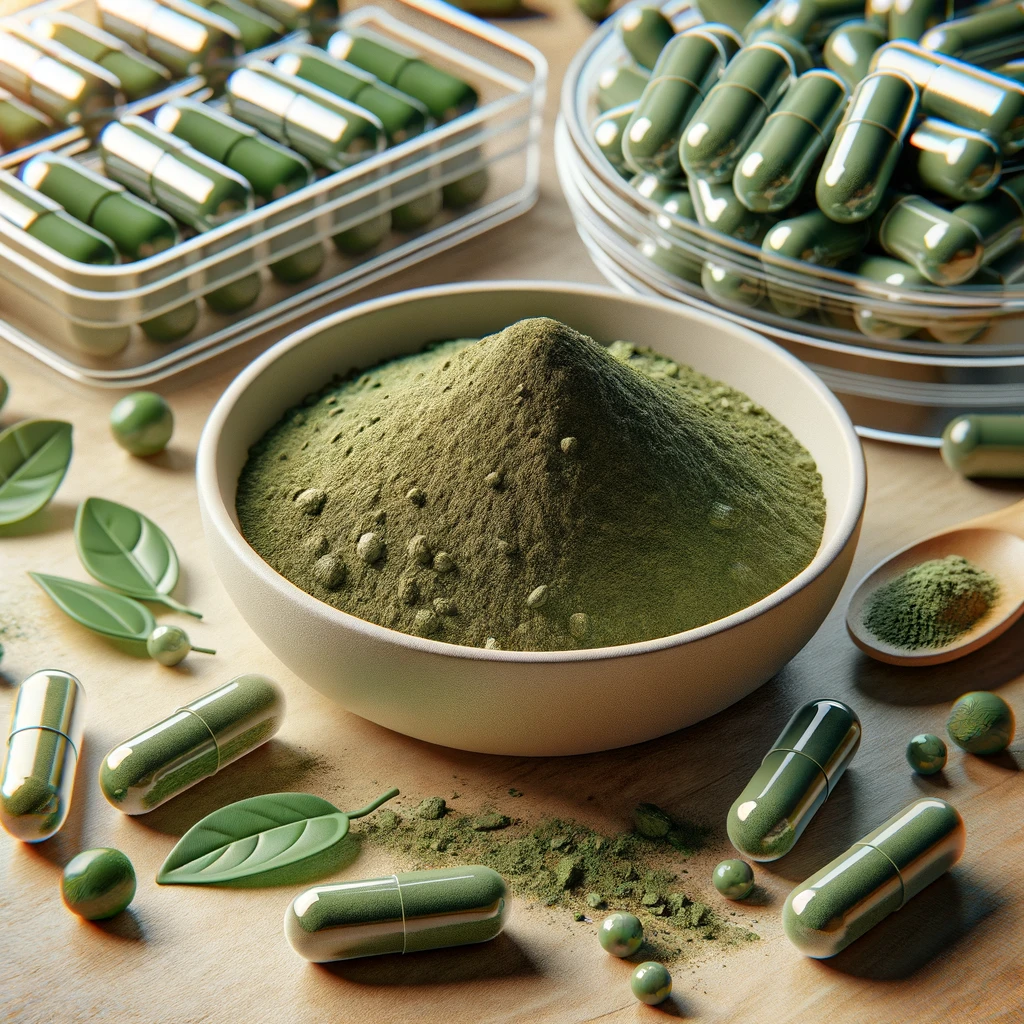
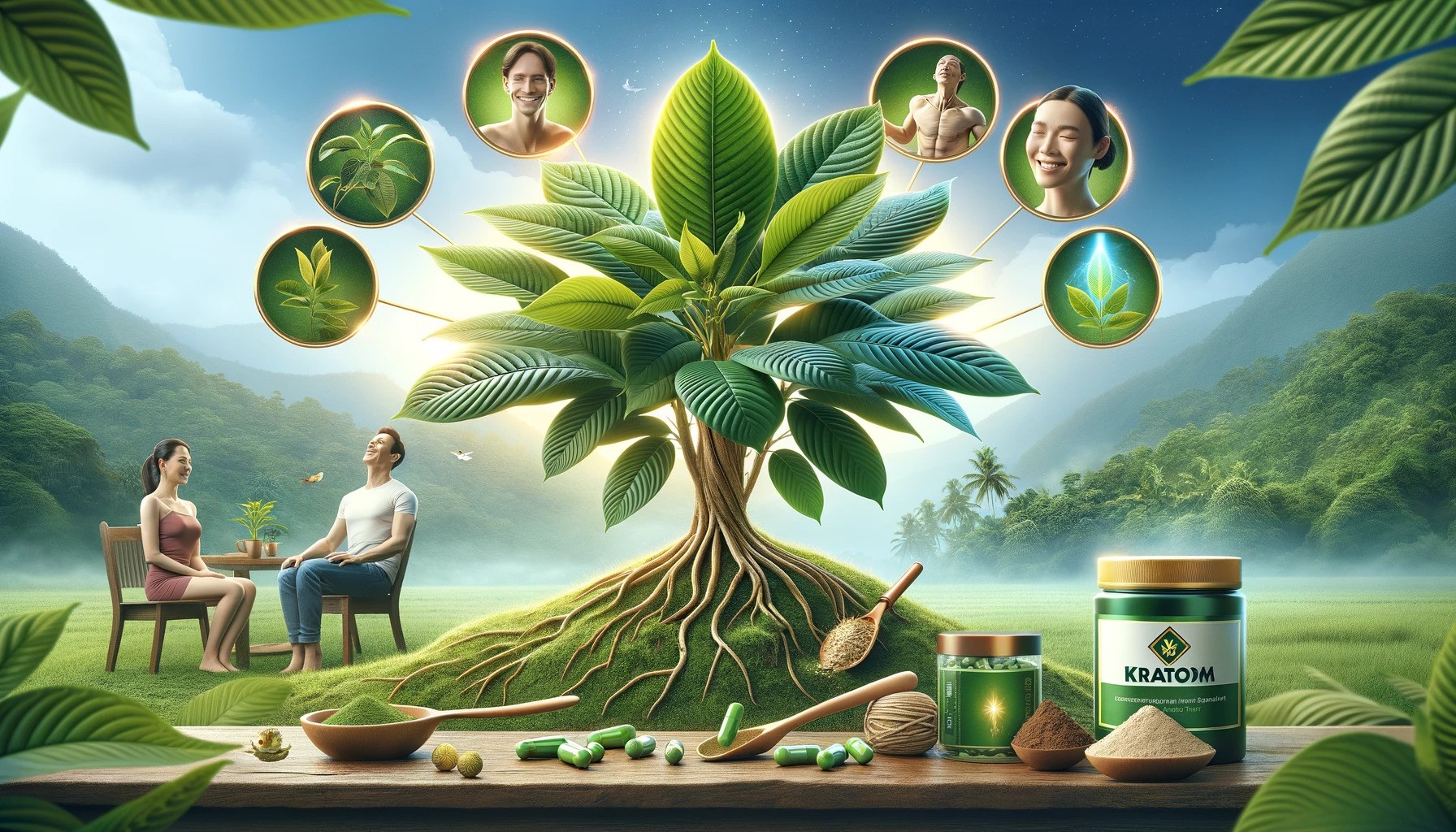

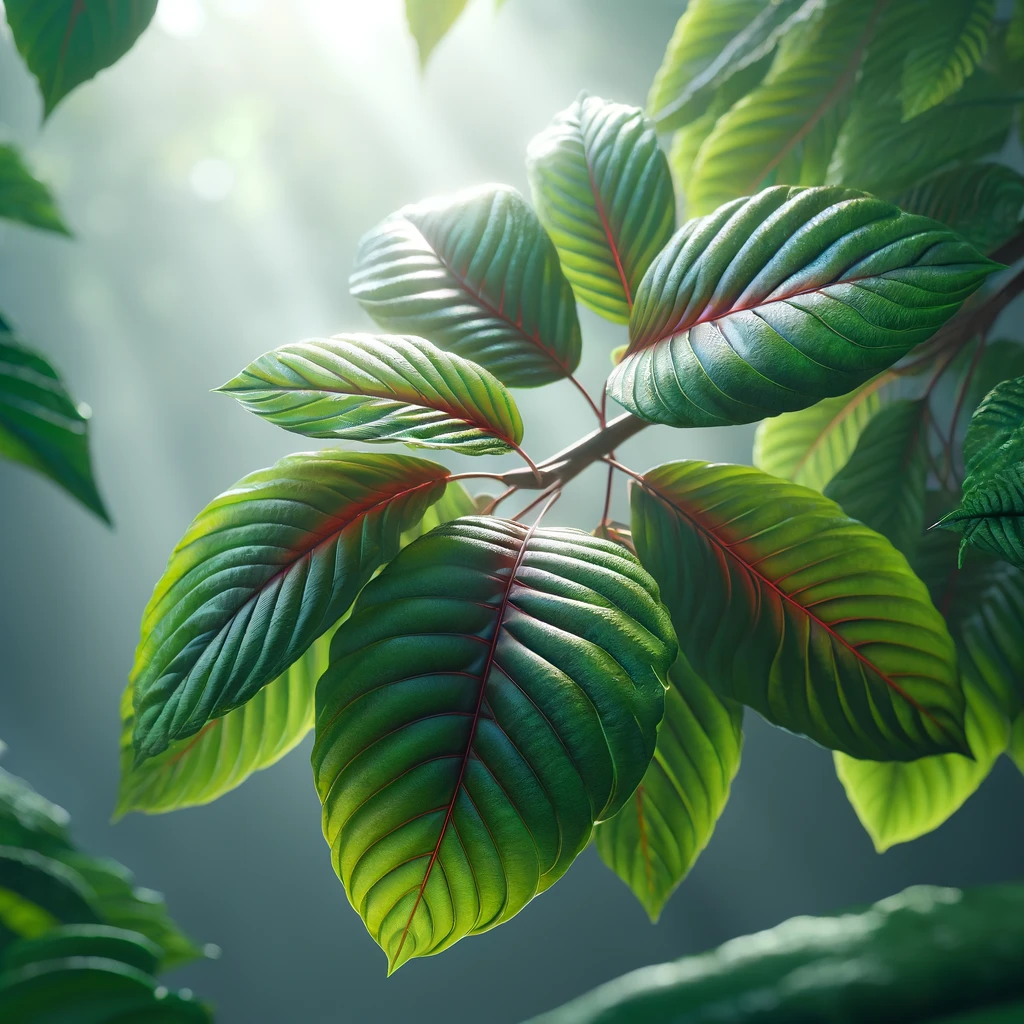
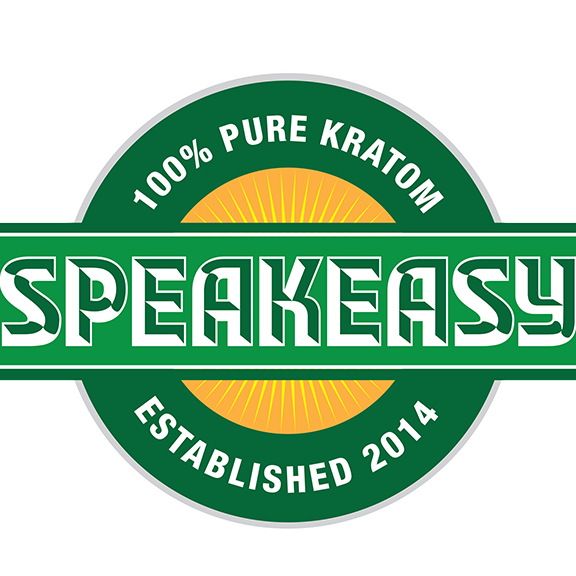
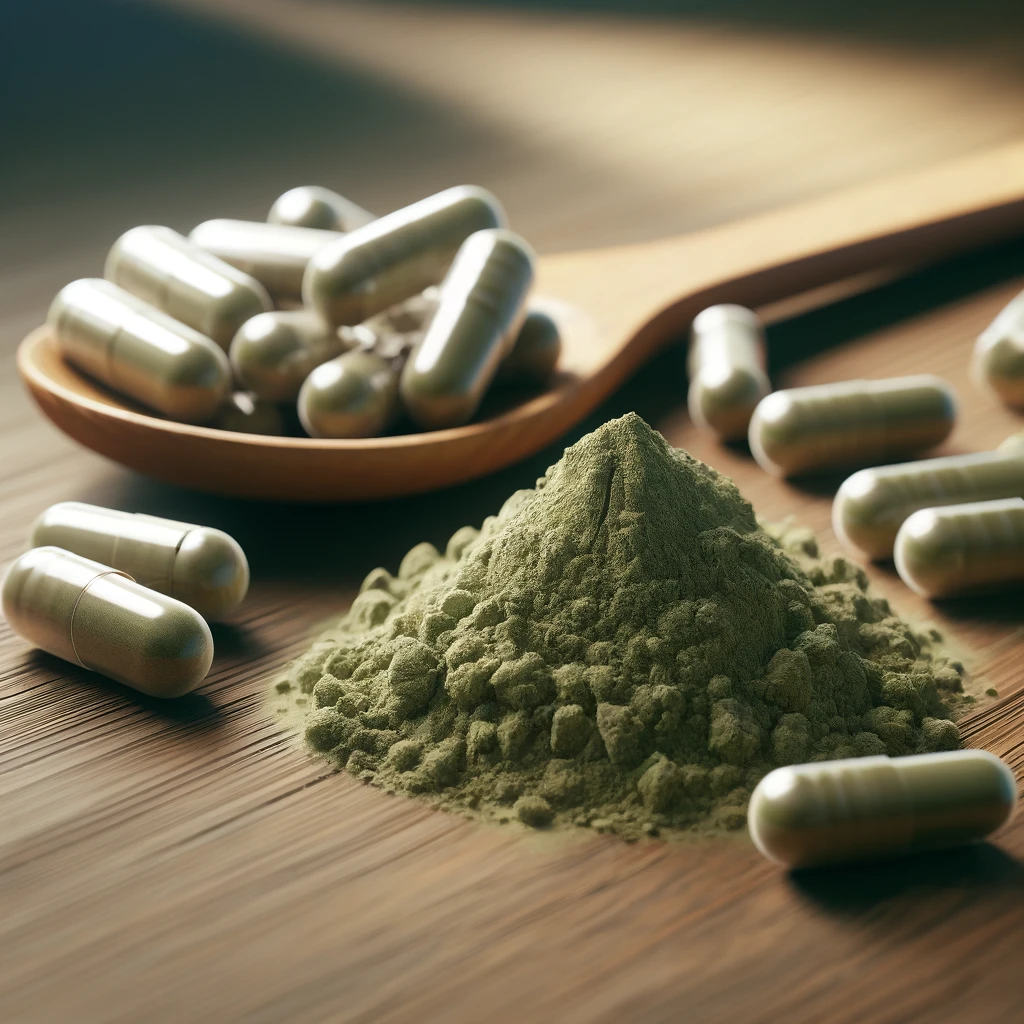
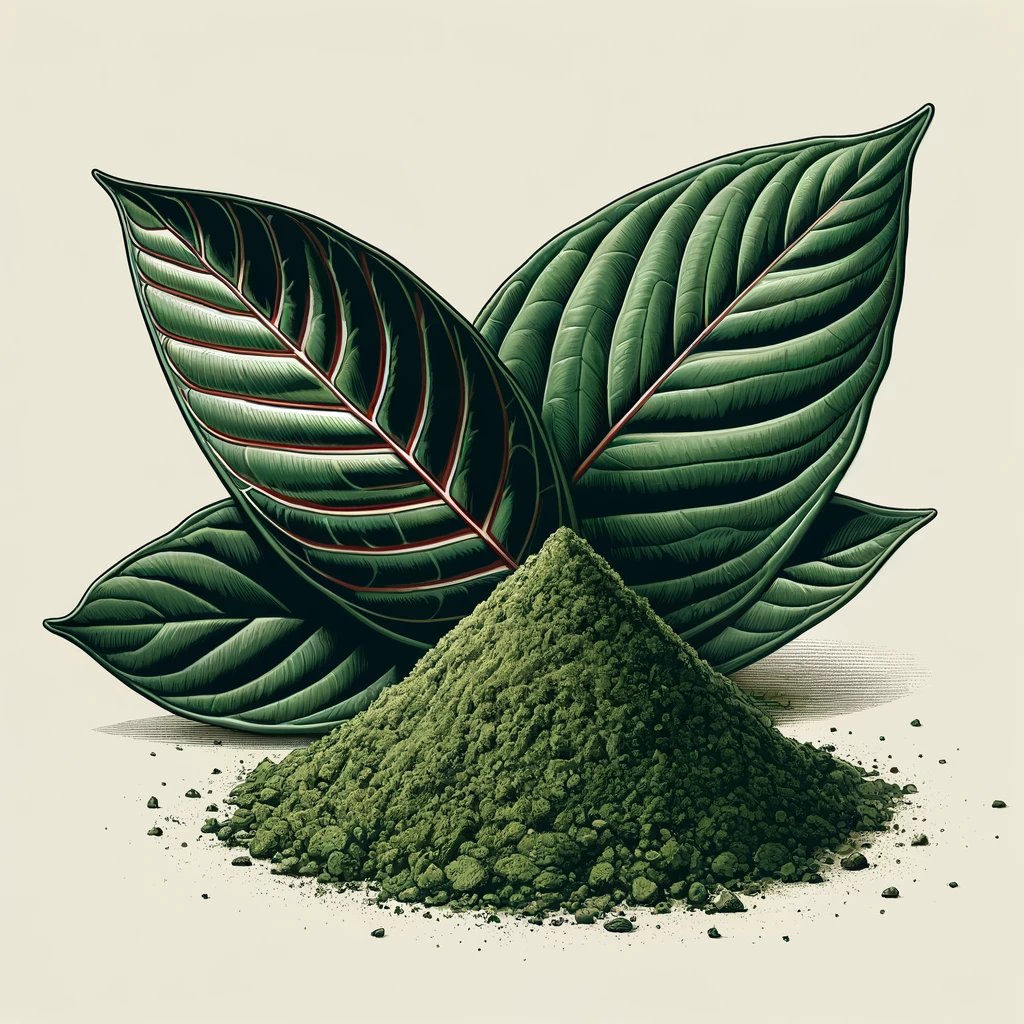

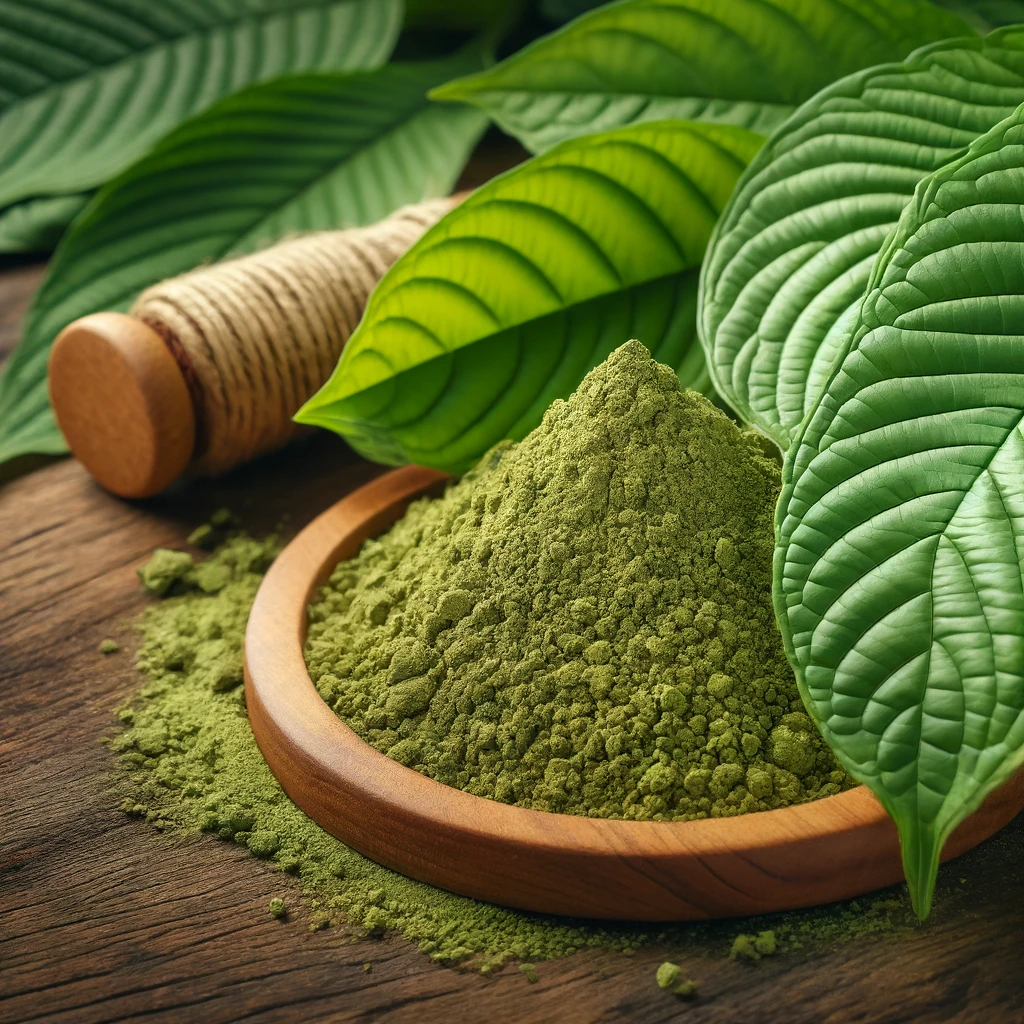
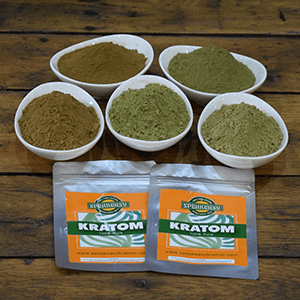

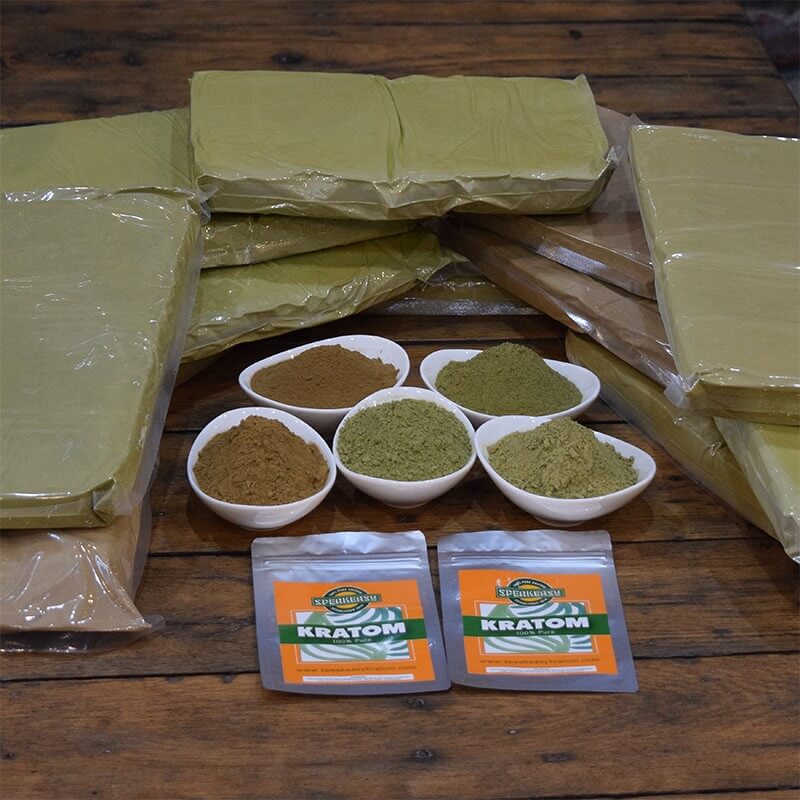
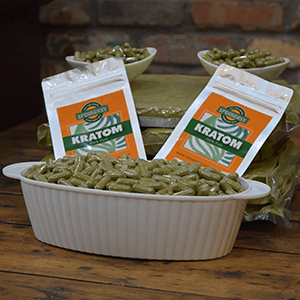
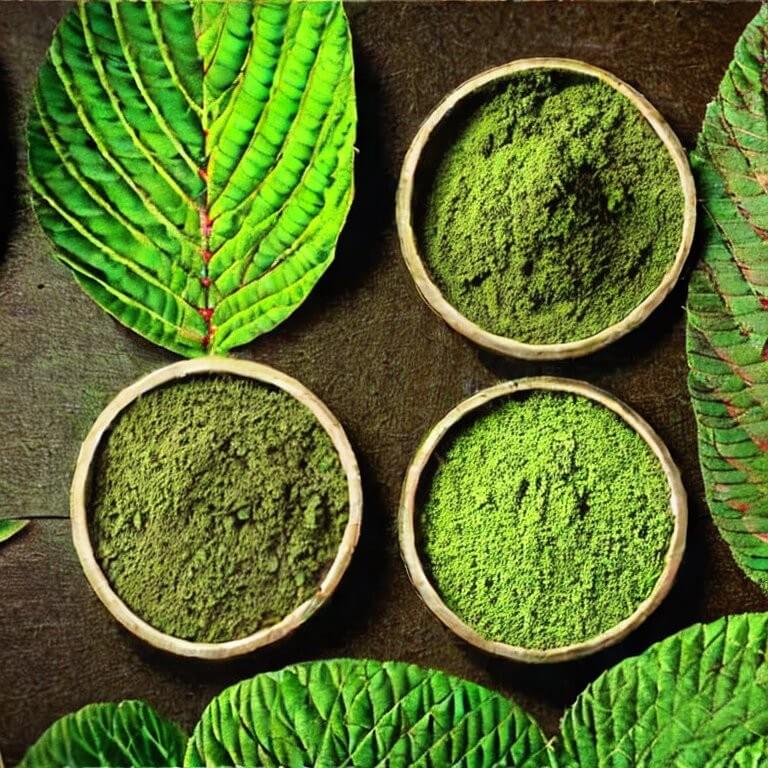
Leave a comment